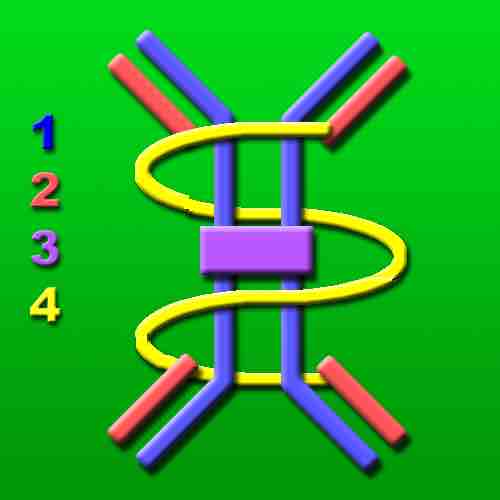Immunity is the state of protection against infectious disease conferred either through an immune response generated by immunization or previous infection, or by other non-immunological factors. There are two ways to acquire passive resistance against disease: passive natural and passive artificial. Naturally acquired passive immunity occurs during pregnancy, in which certain antibodies are passed from the maternal blood into the fetal bloodstream in the form of IgG. Antibodies are transferred from one person to another through natural means such as in prenatal and postnatal relationships between mother and child. Some antibodies can cross the placenta and enter the fetal blood. This provides some protection for the child for a short time after birth, but eventually these deteriorate and the infant must rely on its own immune system. Antibodies may also be transferred through breast milk. The transfered IgG from mother to fetus during pregnancy generally lasts 4 to 6 months after birth. The immune responses reach full strength at about age 5.
Passive immunity can also be in the form of IgA and IgG found in human colostrum and milk of babies who are nursed. In addition to the IgA and IgG, human milk also contains: oligosaccharides and mucins that adhere to bacteria and viruses to interfere with their attachment to host cells; lactoferrin to bind iron and make it unavailable to most bacteria; B12 binding protein to deprive bacteria of needed vitamin B12; bifidus factor that promotes the growth of Lactobacillus bifidus, normal flora in the gastrointestinal tract of infants that crowds out harmful bacteria; fibronectin that increases the antimicrobial activity of macrophages and helps repair tissue damage from infection in the gastrointestinal tract; gamma-interferon, a cytokine that enhances the activity of certain immune cells; hormones and growth factors that stimulate the baby's gastrointestinal tract to mature faster and be less susceptible to infection; and lysozyme to break down peptidoglycan in bacterial cell walls.

IgA antibody
The dimeric IgA molecule.1 H-chain2 L-chain3 J-chain4 secretory component. IgA antibodies are transferred from mother to child in colostrum and milk and confer passive immunity.